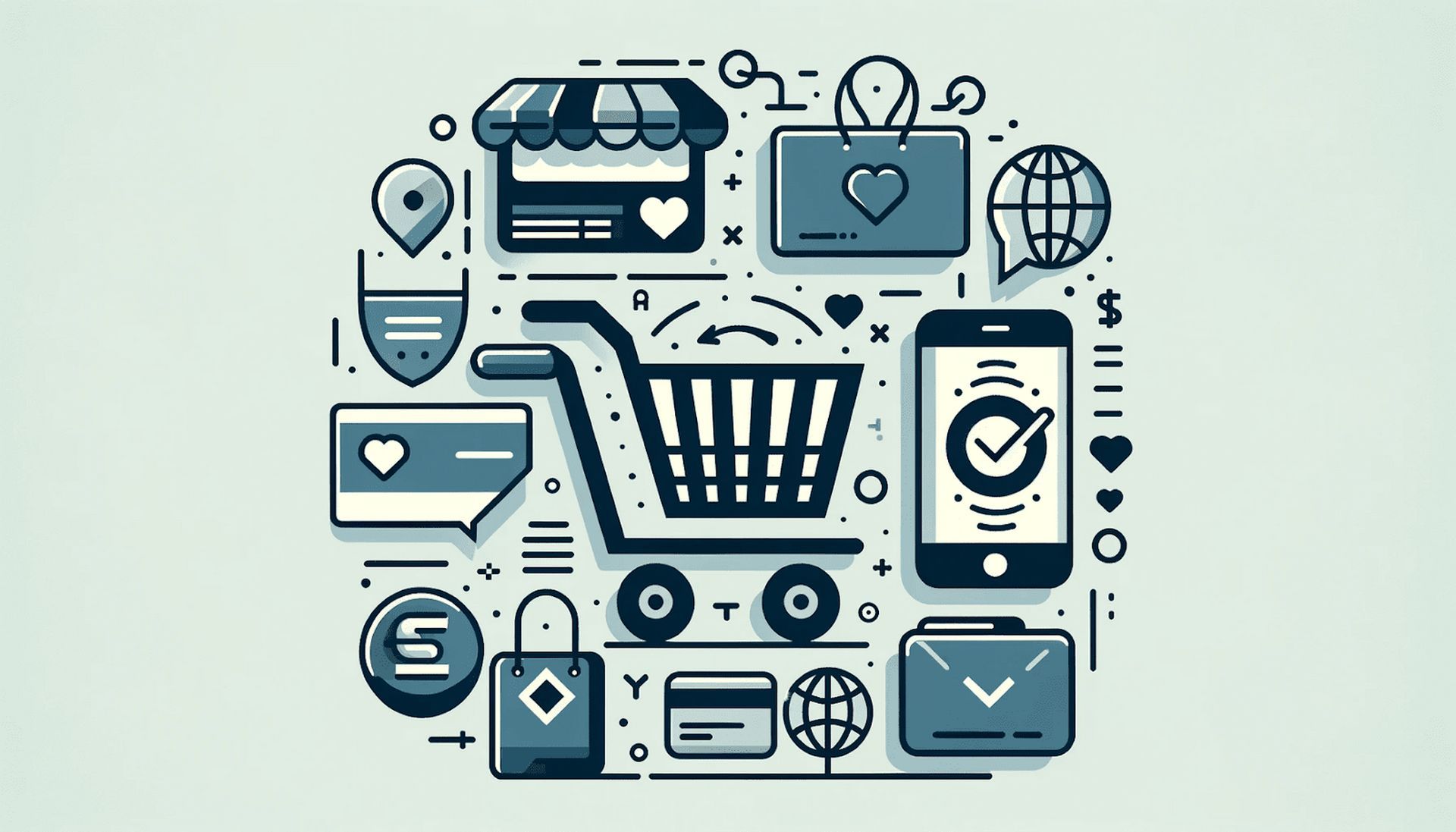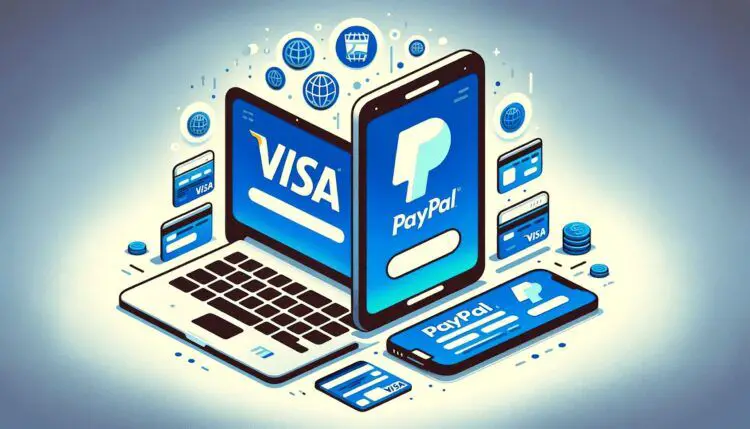Online payments and transactions take place through a variety of platforms, facilitated by payment systems that allow for the secure transfer of funds between parties. Whether shopping online, paying bills, or sending money to friends and family, consumers today have many options when it comes to completing payments digitally.
The rise of online payments and payment platforms
As technology has advanced, online payments have become increasingly commonplace. From well-known platforms like PayPal to mobile payment systems like Apple Pay, consumers have embraced the convenience and ease of transacting over the internet. The best £5 deposit casino options have also tapped into this demand, allowing players to deposit and cash out winnings securely. Platforms like PayPal and Skrill are popular at many top online casinos, providing a seamless experience.
The growing adoption of smartphones has also accelerated the use of online payments. Features like tap-and-go and digital wallets make paying on mobile easy. As more businesses adopt online payment functionality, consumers will continue to opt for the speed and simplicity of paying digitally across various platforms and contexts.
Types of online payment systems
When making digital transactions and online payments, consumers and businesses can choose from a range of payment solutions and fintech platforms, each with their unique processes and specifications.
Bank transfers
Sending funds directly from one bank account to another avoids third-party services and offers a more direct transfer option. Bank wire payments connect financial institutions to securely move money between customer accounts, both domestically and internationally. However, as reported, bank transfer scammers steal £700,000 a day from UK victims, illustrating potential security risks with bank transfers. Additional drawbacks can include slower transfer times, fees, and limited purchase protection compared to cards and e-wallets. But for trusted large transfers, bank wires remain reliable.
Credit and debit cards
Credit and debit card payments facilitated by Visa, Mastercard and other networks allow instant online transactions. Consumers enter card details on ecommerce sites for quick digital purchases. Funds are transferred from the customer to merchant. Drawbacks can include higher merchant fees and compromised security if card details are stolen. But cards remain popular online due to convenience.
E-wallets
Digital wallets like PayPal and Skrill allow users to store funds, send money, and pay online without re-entering financial details. Adding money and transferring between parties is simple with these mainstream e-wallet platforms that provide purchase protection and quick transfers. Some fees occur, but e-wallets offer a smooth payment experience.
Cryptocurrencies
Emerging decentralized networks like Bitcoin and Ethereum facilitate digital currency payments without third parties. This allows for increased anonymity and lower fees compared to traditional finance. However, volatility, slow processing, and limited purchase protection are downsides limiting adoption. But crypto offers innovative P2P payment solutions.
Key players in the online payment ecosystem
The UK has a thriving online payments industry enabling digital transactions for consumers and businesses. Here are some of the major players:
- Visa and Mastercard: These dominant card networks are ubiquitous in the UK, processing credit and debit card payments for countless retailers and enabling online transactions. Most UK consumer cards are on these networks, which handle merchant approval and settlement.
- PayPal: With over 15 million active users in the UK, PayPal is a top choice for British consumers and businesses. It allows account holders to securely send, receive, and hold funds. PayPal’s seamless integration on websites like eBay makes it a go-to for UK online shoppers.
- Stripe: This US-based payment processor has significant UK reach, powering payments for thousands of online businesses and platforms. Stripe’s tools simplify taking online payments for UK companies, handling tasks like bank connectivity and compliance. Major clients include Deliveroo, The Guardian, and the BBC.
- Barclays Pingit: A popular person-to-person payment app from Barclays bank, Pingit has over 5 million UK users. It allows quick bank account transfers using just a mobile number or email address. Pingit facilitates cash transfers between consumers.
- Apple Pay: Apple’s contactless payment system is widely supported by UK retailers. It is accepted on public transit like the London Underground as well. Apple Pay lets users pay in stores via iPhone/Apple Watch and make app purchases using stored cards.
- TransferWise: This international money transfer service is based in London. It provides low-cost currency exchange and cross-border transfers for UK residents sending money abroad. The fintech company offers bank integration and multi-currency accounts.
- Worldpay: Acquired by FIS in 2019, Worldpay is a global payment processor with UK roots. It offers payment gateway services and POS systems for brick-and-mortar and online merchants in the UK/Europe.
Along with these players, UK fintechs like Revolut, Monzo, and Starling Bank are disrupting consumer banking and payments. Cryptocurrencies are also emerging as an alternative payment method among UK consumers.
How payment systems work
Modern payment systems rely on complex technical infrastructure and protocols to facilitate transactions between parties securely. While specifics vary, most payment networks have some core components in common.
When making a payment, whether in-store or online, the transaction details are submitted to the payment network being leveraged. This could be a major card network like Visa or Mastercard, a bank transfer system like SWIFT, or a third party processor like PayPal. The payee information, amount, and payment instrument details are packaged in the initial transaction message.
The payment network verifies that the payer has adequate funds and passes the transaction details to the appropriate financial institution or bank for approval and processing. This authorization involves checking for fraud, account status, and other factors.
Once authorized, the financial institution sends the approved transaction back through the payment network, which facilitates the actual transfer of funds. This settlement occurs through existing banking infrastructure and assets are transferred between accounts – debiting the payer and crediting the payee.
Finally, confirmation of the completed payment is sent back to the merchant or payee. Additional steps like identity verification or currency conversion can also occur depending on the specific payment processed.
From authorization to final settlement, digital transactions rely on these payment networks coordinating approval, clearing, and settlement. The entire process typically occurs in seconds for methods like card payments and e-wallets. Advances in technology continue to streamline payment systems and provide faster, more secure transactions.
Payment systems across different online platforms
A range of payment solutions and infrastructure enables transactions across popular online platform models.

E-commerce websites
Major e-commerce platforms depend on card networks and digital wallet payment systems for a seamless purchasing experience. Customers input debit/credit card details at checkout, which are authorized through card network APIs integrated by the merchant. Front-end bank communications facilitate the funds transfer between accounts to complete the purchase. PayPal also sees heavy use online, allowing buyers to instantly checkout with stored account credentials. PayPal handles processing and payouts to merchant accounts. Crypto payment adoption is rising among some e-commerce companies as well.
Reliable, familiar payment options ensure customers are comfortable buying across platforms. Merchants utilize systems like Visa, Mastercard, and PayPal to make checkout simple, flexible, and secure. Payments innovation continues evolving the online shopping experience.
Subscription-based services
Subscription platforms leverage automated payment systems for recurring billing convenience. Customers provide card details or PayPal/Apple Pay when signing up, which merchants securely store for future charges. As reported in the news, subscription services like bike hire schemes rely on these smooth recurring payments to sustain their models.
Card networks and processors authorize each periodic billing transaction using the stored credentials. This hands-off approach keeps customers engaged. Subscription payments must balance convenience with reliability in the background.
Peer-to-Peer (P2P) platforms
P2P services like Venmo combine bank transfers, debit card networks, and internal balance accounting for money transfers. Users link bank accounts to fund their app wallet balance. Peer transactions simply adjust balances behind the scenes. For instant bank transfers, platforms leverage systems like ACH. Some P2P apps also facilitate payments to merchants from stored balances.
Core payment principles around authorization and settlement underlie these technical implementations tailored for each model. Payment innovation adapts to evolving platforms, experiences, and consumer expectations.
Challenges in the payment process across different platforms
While payment systems enable a range of digital transactions, certain challenges can arise depending on the platform models and use cases:
- Fraud and security: Payment platforms must balance convenience with rigorous fraud checks and security measures. E-commerce sites face risks like stolen cards/credentials that must be mitigated.
- Global payments: Facilitating seamless global payment acceptance and currency conversion introduces complexities. Platforms must integrate systems that support worldwide transactions.
- Compliance: Payment systems must adhere to various regulations like KYC and AML rules. Keeping compliant across jurisdictions requires robust processes.
- Failed/Disputed transactions: Handling issues like insufficient funds, payment disputes/chargebacks and reversing transactions can be challenging operationally. Platforms need effective systems to manage these exceptions.
- User experience: Complicated payments workflows frustrate customers. Platforms should optimize processes to minimize steps and make payments invisible yet effective behind-the-scenes.
- Scaling volume: Large transaction volumes require high-performance payment infrastructure. Platforms need systems that reliably scale without cutting corners on security or compliance.
- Vendor management: Relying on a mosaic of vendors and systems introduces partnership complexities in some cases. Tight coordination and integration is key.
- Interoperability: Enabling interoperation between different payment methods and various back-end systems can require technical development.
Platforms aim to minimize these challenges to provide seamless payment experiences matching their models and customer needs. But elements of risk management, global reach, scalability and more underlie payment systems across the ecosystem.
Innovations shaping online payments
Emerging technologies and trends are impacting the future of digital transactions and online payment systems.
Blockchain and cryptocurrency
Blockchain payment networks like Bitcoin and Ethereum allow peer-to-peer digital currency transactions without intermediaries. Benefits include lower fees, increased anonymity, and removal of third-party financial institutions from processing. However, mainstream adoption faces hurdles like price volatility and slow processing times. Integrating cryptocurrency payments on platforms alongside traditional options like cards introduces complexity. But crypto is an area of payments innovation.
Artificial intelligence and machine learning
AI and machine learning are being leveraged across payment systems for improved fraud detection, transaction analysis, and customer experience personalization. By identifying patterns in transaction data, machine learning algorithms can flag anomalous purchases or seamlessly authenticate legitimate customers. These technologies even have applications in creating gamer-friendly websites tailored to customer preferences. AI and ML will likely transform payment security and convenience.
In addition to these technologies, advances like open banking APIs, biometrics, predictive analytics, and blockchain-based smart contracts are shaping the payments landscape. Innovation helps platforms enhance security, increase transparency, and offer flexibility amid evolving customer expectations and models. Payments stand to become increasingly seamless yet robust as emerging technologies reshape the transaction process across the online ecosystem.
Conclusion
Online payments have come a long way from the early days of e-commerce and pioneer platforms like PayPal. Today, consumers have high expectations for seamless, integrated payment experiences across a multitude of digital transaction models and contexts. Driving this evolution is relentless innovation across technologies like blockchain, AI, biometrics, IoT networks, and open banking APIs.
These advances are reducing friction, enhancing security, and enabling smarter transactions with added flexibility and transparency. Payment platforms must keep innovating to match customer expectations and provide tailored systems that meet their model needs from subscriptions to peer-to-peer transfers.
While payments were once an obstacle in the online customer journey, rapid innovation is making transactions invisible yet profoundly impactful across online platforms. Convenience, speed, security, and flexibility will only improve as emerging technologies reshape payments. The future looks bright for continued evolution empowering businesses and delighting consumers.





